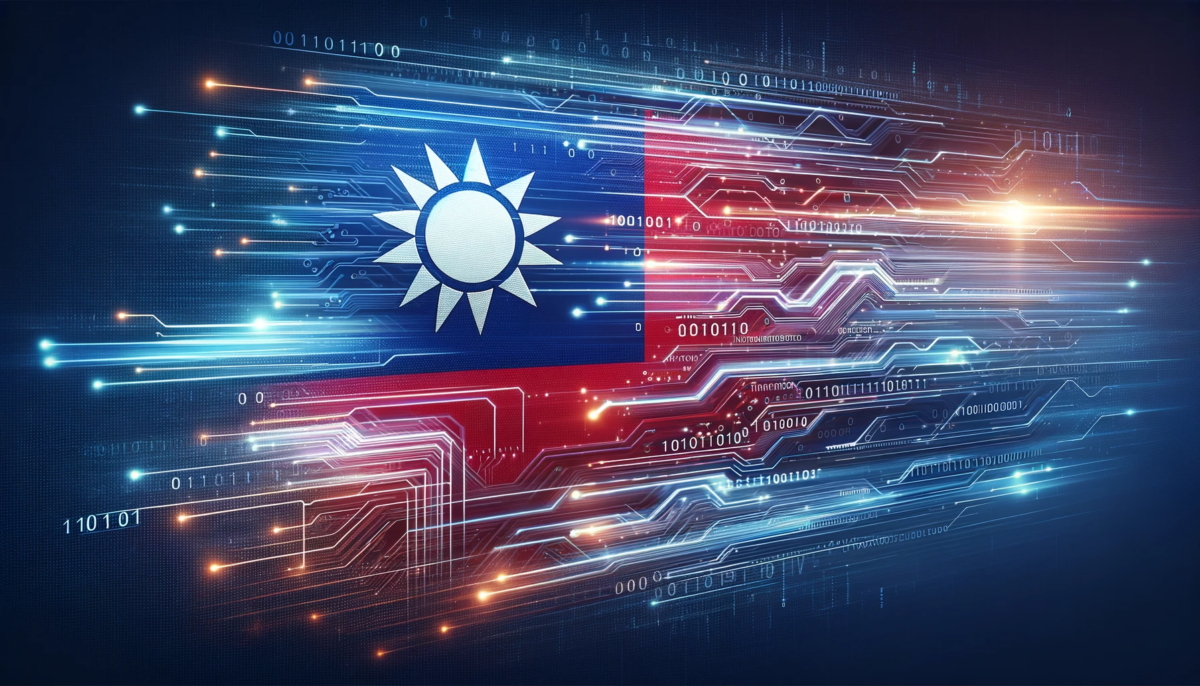Taiwan is developing its own AI language model, called the Trustworthy AI Dialogue Engine (Taide), to counter China's influence in the AI ecosystem.
Taide is designed to provide businesses, banks, hospitals, and government agencies with a platform for natural language tasks such as composing emails and summarizing meetings.
It could also help Taiwan emancipate itself from Chinese LLMs, whose output is heavily controlled by the Chinese government. Taide runs entirely on Taiwanese servers.
The project, led by National Chiao Tung University, uses licensed content from local media and government agencies in traditional Chinese characters. Technically, the AI model is based on Meta's Llama 2, which is fine-tuned using this local data.
One advantage of this approach is that the content is written in the traditional Chinese characters used by the island's 23 million people, rather than the simplified version commonly used in China.
An initial version of Taide will be made available to selected partners for testing in April.
Independence before performance
According to Bloomberg, Taiwan has earmarked a total of $555.6 million to develop AI expertise and tools by 2026. The developers hope their tool will help strengthen Taiwan's role in the AI software industry.
Taide's developers believe the model does not need to match the performance of industry leaders to be effective. Local companies should use it as a prototype and refine it for specific applications.
Traditionally, Taiwan focuses on the hardware side of the AI industry and has been particularly dependent on major US customers such as Nvidia. The model's development could also be an opportunity for Taiwan to move up the AI value chain and become more self-reliant.
